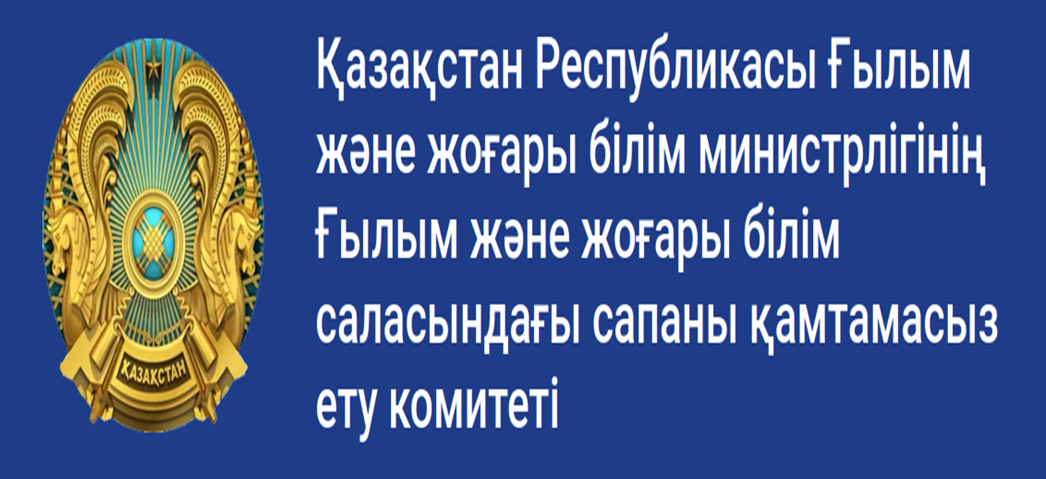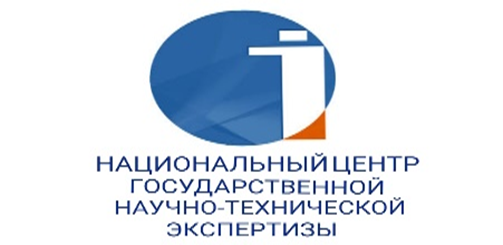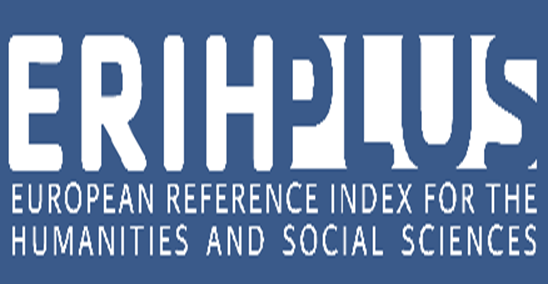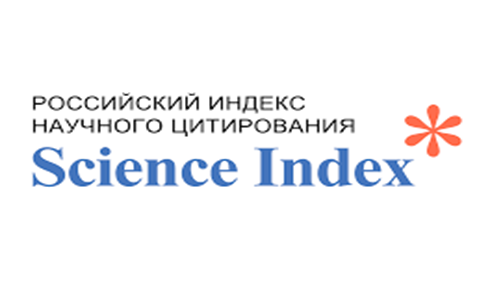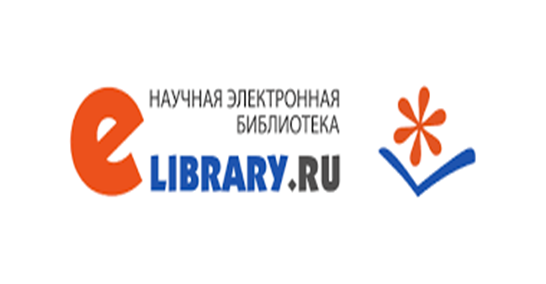The reconstruction of the archaic stratum of the Bashkir epic “Zayatulyak and Khyukhylu”: myth, ritual and video versions in the XXI century
Views: 297 / PDF downloads: 187
DOI:
https://doi.org/10.32523/2664-5157-2021-4-76-97Keywords:
epic, audiovisual anthropology, folklore, storytelling, live performance, traditions, mythological meanings, mythological semiotics, SufismAbstract
The performance of the epic from living memory in the 21st century is itself a rare, phenomenal and historically significant phenomenon for all cultures, the spiritual foundations of which go back to the oral and poetic transmission of knowledge. The main genre of folklore has long been depleted in existence and performing practice, and it is threatened with extinction (in the Bashkir environment, especially). However, methodically verified, continuous and purposeful searches are giving themselves the results, and our personal fund has collected a significant amount of video and audio materials with fixation of the live performance of epics, cubaiers, as well as folk dances, songs (yir), games. The stories-memories of the performance and transmission of the epic are of special value. The successive word-of-mouth performance of the epic by its creator, according to the requirements of UNESCO, is the main evidence of the ethnic identity and belonging of the work
to its people. In this regard, all searches and discoveries of even fragmentary variants and versions of the epic are valuable, important signs about the state of folklore and folklore memory in modern times. The study of findings and the return to the practice of application is akin to the high civic responsibility of scientists and goes beyond the purely scientific framework. An epic lives when it is preserved not only in the memory of the people but is also sung melodiously. Our purposeful fixations on audio and video media have given a new stage in the comprehension of the Bashkir epic. It is known that a historically important find was the audio and video recording of the epic «Ural-Batyr» in 2010 in a live melodious and recitative performance, made by us by A.M. Usmanova (1930-2015), a storyteller from the village Akyar of the Khaibulli district of the Republic of Belarus. Recordings of versions of the epic «Zayatulyak and Khyukhylu» in the Davlekanov district of the Republic of Bashkortostan and in the city of Rostov-on-Don of the Russian Federation became another rare acquisition. The article contains a comprehensive analytical study of the key plot codes of the published versions of the epic «Zayatulyak and Khyukhylu» that have not yet been deciphered from mythological, mythological-semantic, worldview points of view. Based on the disclosure of deep symbols, metaphors and component study, the primary astral-calendar layer of the myphoromaniac epic is reconstructed. The episodes, lexical units that have most fully retained archaic symbolism, mythological conceptions are covered with coverage of the arsenals of anthropology, ethnography, ritualism, and mytholinguistics; methods and approaches of national audiovisual folklore studies are presented, which is still in its infancy as an independent discipline.






